Indian ties are global x-factor
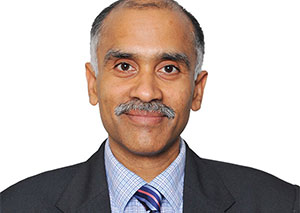 |
How important is the Vietnamese market to Indian investors?
Vietnam is an important trading partner of India and is also an important pillar in India’s Act East Policy. Indian companies can take advantage of preferential policies, lower wages, and the availability of raw materials.
They can also utilise the opportunities presented by the numerous free trade agreements (FTA) between Vietnam and other countries. Vietnam is an important gateway to access the ASEAN market, making it an attractive investment destination for Indian industry.
During Indiaian Prime Minister Narendra Modi’s official visit to Vietnam in early September 2016, Vietnam and India lifted their strategic partnership to the rank of comprehensive strategic partnership. How will the new partnership impact the two countries’ investment and trade ties?
The comprehensive strategic partnership is a clear indication of the importance the two countries place on their relationship of long standing traditional friendship and trust. They identified enhanced economic engagement as a strategic priority.
Co-operation in the defence industry, energy and energy conservation, pharmaceuticals, healthcare, engineering, agriculture and food processing, garment and textiles, leather, and infrastructure projects will be greatly improved due to our enhanced relationship.
Prime Minister Modi, during his visit to Vietnam, also announced a new defence line of credit for Vietnam of $500 million for facilitating deeper defence industry co-operation.
A series of agreements have been signed in the time since, in the areas of healthcare, mutual recognition of standards, finance, and information technology.
These pacts have created a good framework for enhancing economic co-operation.
Bilateral trade is growing at a healthy pace and is currently around $8 billion. Our leaders have set a trade target of $15 billion by 2020, and both sides are committed to achieving it.
We have identified priority areas for co-operation such as power generation, renewable energy, infrastructure, tourism, footwear, medical services and pharmaceuticals, hydrocarbons, ICT, electronics, chemicals, textiles, agriculture, agro-products, machine tools, and other supporting industries.
Leaders of both countries have set an ambitious target of raising the bilateral trade turnover to $15 billion by 2020, from the $5.1 billion generated in 2015. What should be done to make this target feasible?
Though India and Vietnam share excellent political ties, the economic relations have not kept pace. In order to realise the trade target of $15 billion by 2020, set by our leaders, we need to actively collaborate to enhance the exchange of trade delegations, reach out to business and industry, and encourage mutual investments which will boost trade.
Certain products and commodities have been identified, such as textiles, pharmaceuticals, medical devices, gems and jewellery, commercial vehicles, auto components, machinery and equipment, leather products, and footwear. Numerous trade promotion activities have been planned in these fields.
The trade between our countries also includes trade destined for other countries, and this has an impact on trade statistics.
Indian trade statistics indicate that bilateral trade in 2015-2016 was $7.83 billion. Our ministries of Commerce and Trade are committed to synchronising and sorting out these statistical discrepancies.
Tariff and non-tariff barriers, including some technical barriers to trade, remain significant impediments to the development of bilateral trade, and they are being addressed by both sides. India and Vietnam have agreed to facilitate trade flows between the two countries by minimising the application of trade barriers, and removing or abolishing trade barriers step-by-step in accordance with the Framework Agreement on Comprehensive Economic Co-operation between ASEAN and India.
Vietnam and India have great potential to further their co-operation in the sector of energy, textiles and garments, and science and technology. Could you elaborate more on this? What other sectors are Indian investors eyeing in Vietnam?
Energy, energy conservation, and textiles and garments have been identified as growth areas for our economic co-operation.
The November 2016 visit of the CEO delegation led by the president of the Confederation of Indian Industry generated immense interest in investing in renewable energy.
Many Indian companies are in discussions with Vietnamese partners and provincial authorities for undertaking large scale solar and wind energy projects.
We are optimistic that new projects in renewable energy will be commencing in the near future, especially because Indian companies have unique expertise, scale, and experience in the renewable sector due to Prime Minster Modi’s decision to install 175 gigawatts (GW) of renewable power in India, of which 100GW will be solar and 60GW will be wind-based.
Energy conservation is another potential area in our bilateral economic co-operation. During the recent visit of Vietnamese National Assembly Chairwoman Nguyen Thi Kim Ngan to India, a memorandum of understanding (MoU) was signed between Energy Efficiency Service Limited (EESL) and Vietnam’s state-run Electricity of Vietnam.
EESL is in touch with several provinces for providing various energy efficiency solutions based on its experience replacing 197 million ordinary bulbs with LED bulbs, saving over $1.5 billion and 25,000 million kWh annually, and causing a significant reduction in carbon dioxide emissions.
In garments and textiles, India and Vietnam share complementary strengths. Vietnam is strong in spinning and garments and is trying to diversify the sources of imports of fabrics, fibres, yarns, and other accessories; India is a potential market to source these commodities.
Science and technology co-operation is a very important sector.
Our governments are closely collaborating to realise the peaceful uses of space and atomic energy technology, and both sides signed agreements in this regard during the visit of Prime Minister Modi to Vietnam in September 2016 and Chairwoman Ngan’s visit to India last month.
Vietnam is expecting a lot from Indian high-technology transfer in human resource training. What is your comment on this?
Capacity building is one of the pillars of our comprehensive strategic partnership.
At the moment, Vietnam is the biggest recipient of scholarships under India Technical and Economic Co-operation Programme with 150 slots being extended to Vietnam every year. India also extends various other scholarships to Vietnamese students under the Mekong Ganga Co-operation and Cultural Exchange Programme.
India has also helped establish numerous projects in science and technology such as the Advanced Resource Centre in Information and Communications Technology in Hanoi, a high performance computer facility at the Hanoi University of Science and Technology, the Vietnam-India Entrepreneurship Development Centre, and numerous English language and Information Technology training centres.
We are currently in advanced talks with the Vietnamese authorities for setting up the Tracking and Data Reception Station and Data Processing Facility in Vietnam under the ASEAN India Space Co-operation Programme, which would greatly enhance the capabilities for weather, rain, and cyclone predictions with numerous applications in the field of agriculture and research.
What progress has been made on connectivity between the two countries?
Both direct sea and air connectivity are important for boosting bilateral economic engagement and person-to-person contact. India and Vietnam signed a maritime shipping agreement in May 2013, and both sides have nominated members to a Joint Maritime Liaison Committee in 2015.
The Shipping Corporation of India Limited and Vietnam Shipping Lines are exploring the possibilities of opening direct sea routes between the two countries and starting direct containerisation.
For a direct flight, we are happy to note that VietJet Air will fly from Hanoi and Ho Chi Minh City to Bodh Gaya and other Indian cities in 2017.
|
India observes its 68th Republic Day on January 26, 2017, another milestone in the incredible journey of this country renowned for its strengths in innovation, science and technology, and an educated and highly skilled workforce. Being among the fastest growing economies in the world, India is currently the third-largest in Asia, and poised to grow by over 7.5 per cent this year. India, like Vietnam, has unrivalled demographic youthfulness, with more than half of its population below the age of 25, which will heavily drive India’s economic and social growth. This year, India and Vietnam celebrate the 45th anniversary of their establishment of diplomatic relations, and will also commemorate the 10th anniversary of the establishment of their Strategic Partnership. This co-operation has been further elevated to a ‘Comprehensive Strategic Partnership’ during the historic visit of Prime Minister Modi to Vietnam in September 2016. India has long been a trusted friend of Vietnam and we commemorate our partnership with this special issue, comprising interviews with the Ambassador of India Parvathaneni Harish; the Consul General of India Smita Pant; and some Indian investors. Warm wishes to our Indian friends on the occasion of the 68th Republic Day, and we hope that the multifaceted relationship between India and Vietnam will continue to grow in all areas of bilateral co-operation. |
What the stars mean:
★ Poor ★ ★ Promising ★★★ Good ★★★★ Very good ★★★★★ Exceptional
Latest News
More News
- Home firms make M&A presence felt (November 27, 2024 | 09:33)
- Thailand's BCPG invests $130 million in Gia Lai wind power plants (November 26, 2024 | 15:08)
- The 16th Vietnam M&A Forum: A Blossoming Market (November 26, 2024 | 13:53)
- Posco interested in $2.2 billion Quynh Lap LNG thermal power plant (November 26, 2024 | 13:50)
- $1.4 billion Nhon Trach 3 and 4 to operate in 2025 (November 26, 2024 | 13:37)
- Hung Yen focused on attracting high-tech FDI (November 26, 2024 | 13:20)
- Foreign investors flock to invest in southern provinces and cities (November 26, 2024 | 10:00)
- Trump may mean challenges for Vietnam but FDI remains strong (November 26, 2024 | 08:30)
- HCM City set to welcome fresh wave of US investment (November 26, 2024 | 08:00)
- Dynamic M&A landscape felt in food and beverages (November 25, 2024 | 16:21)

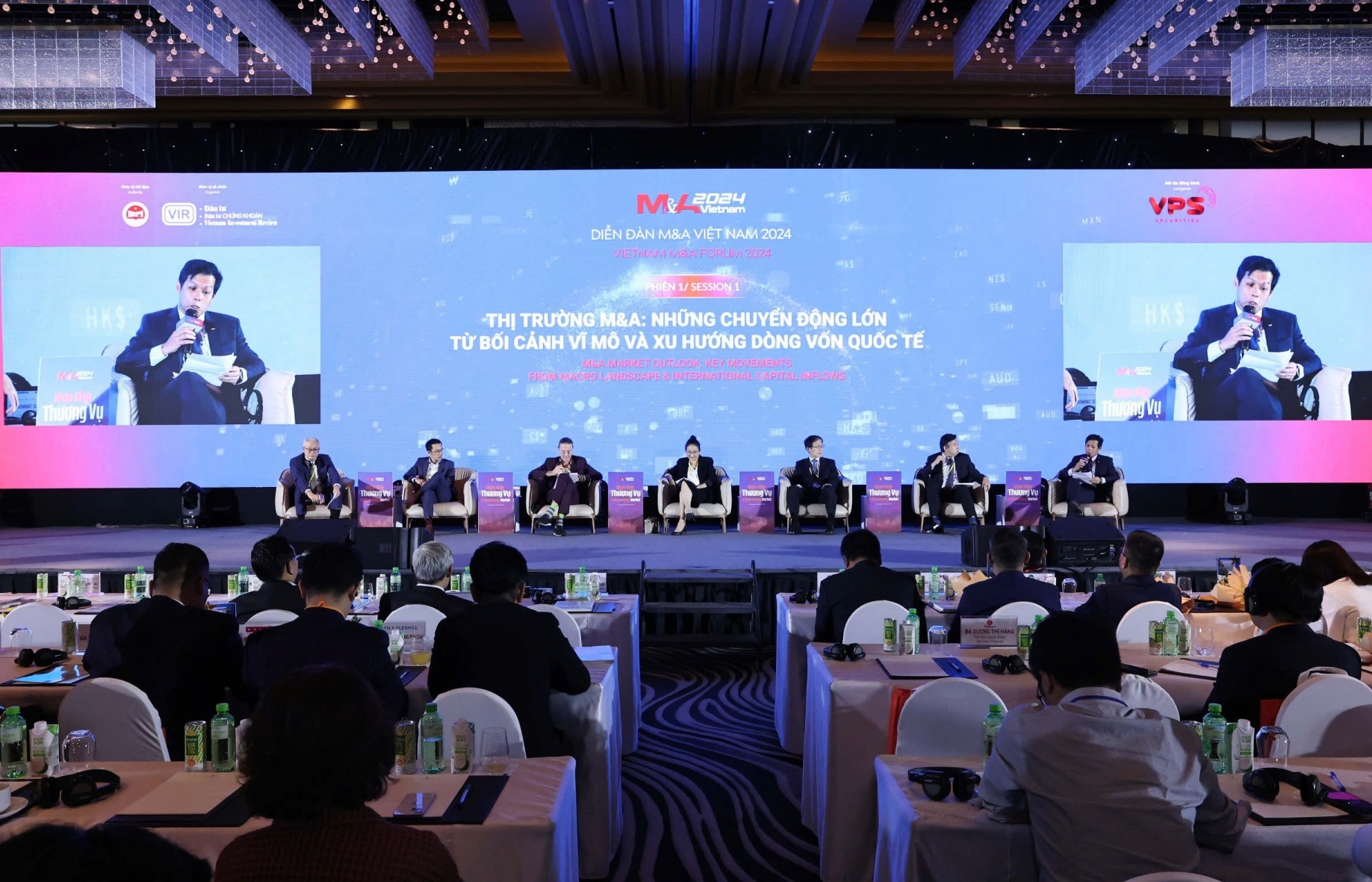
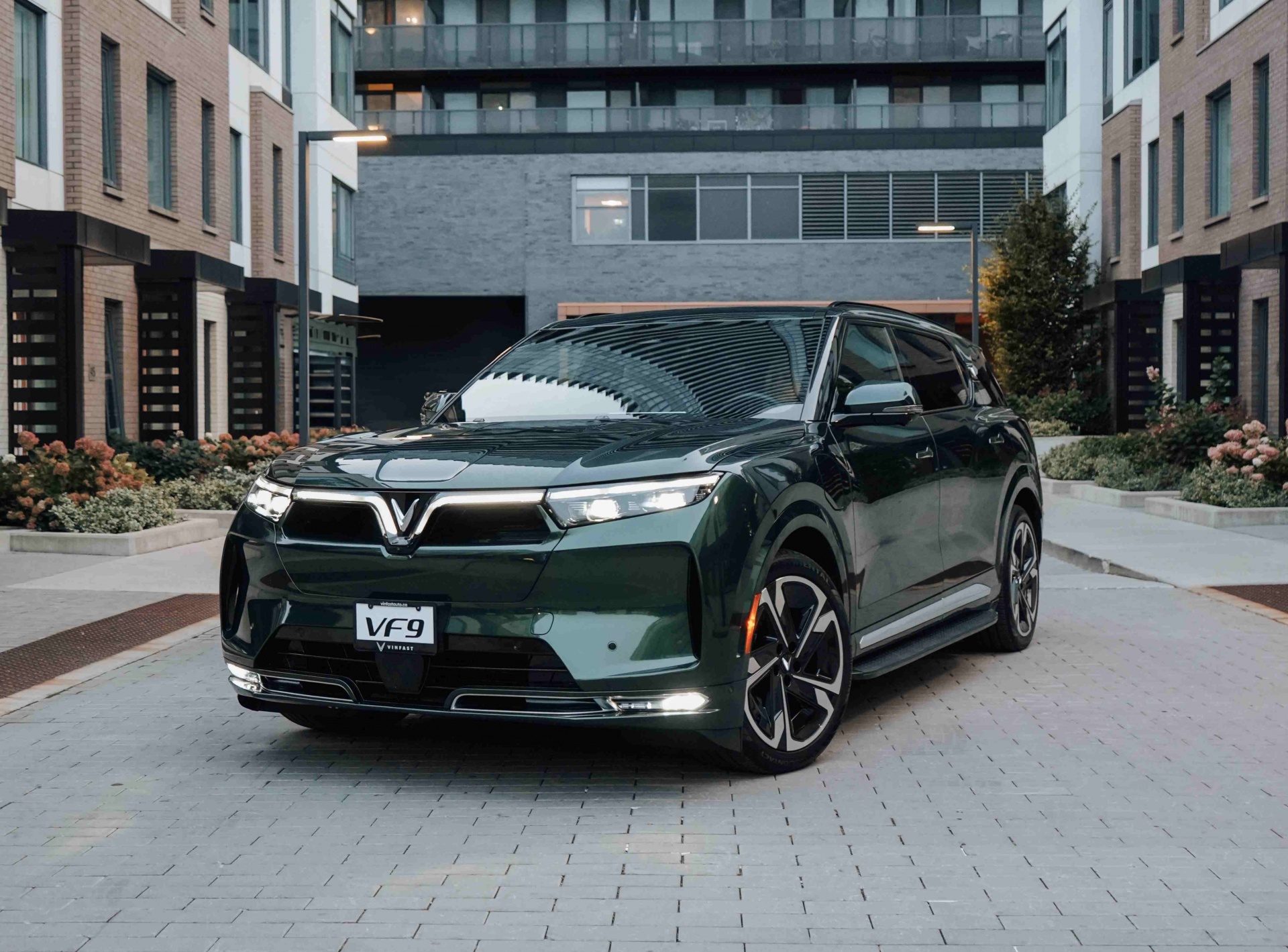
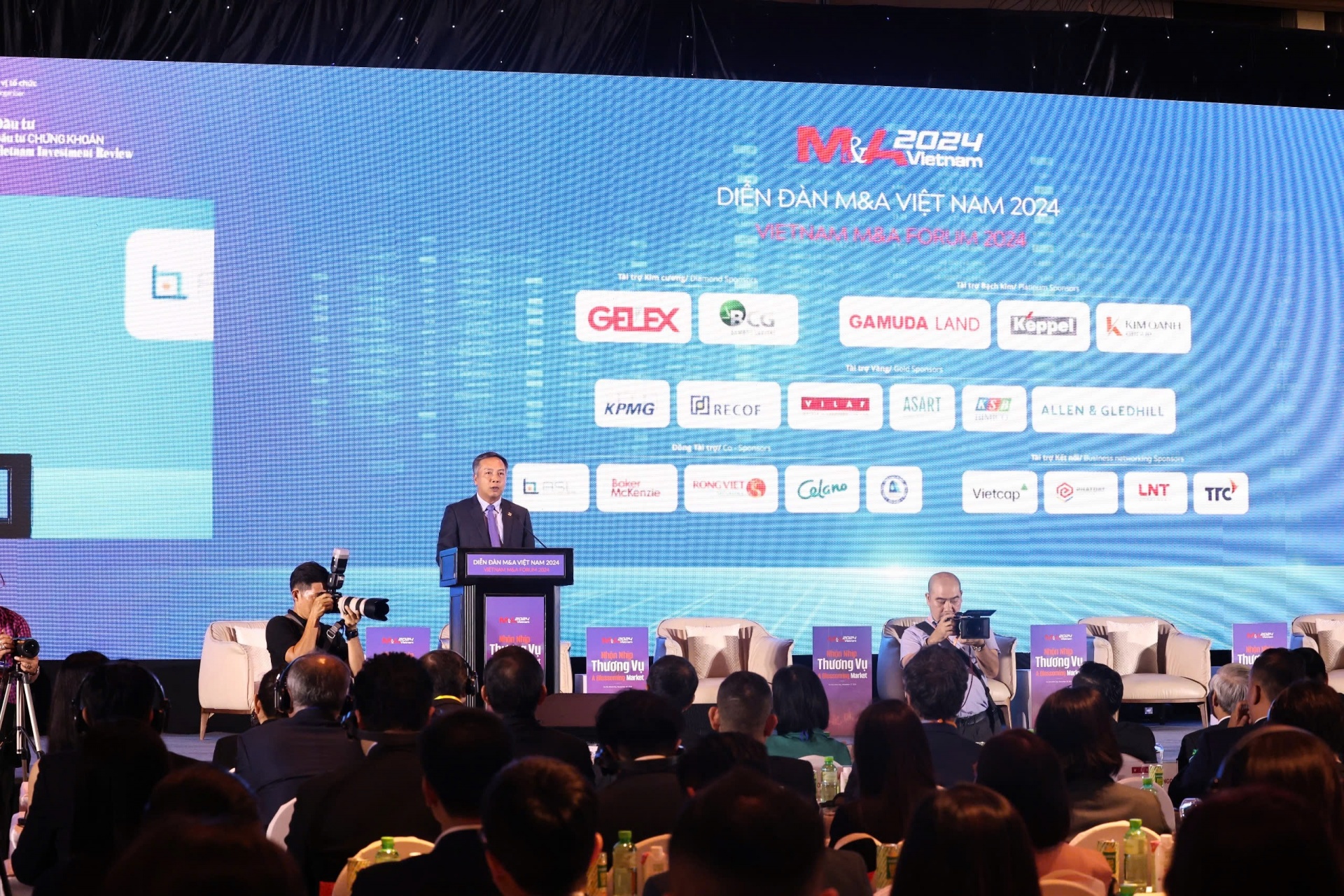
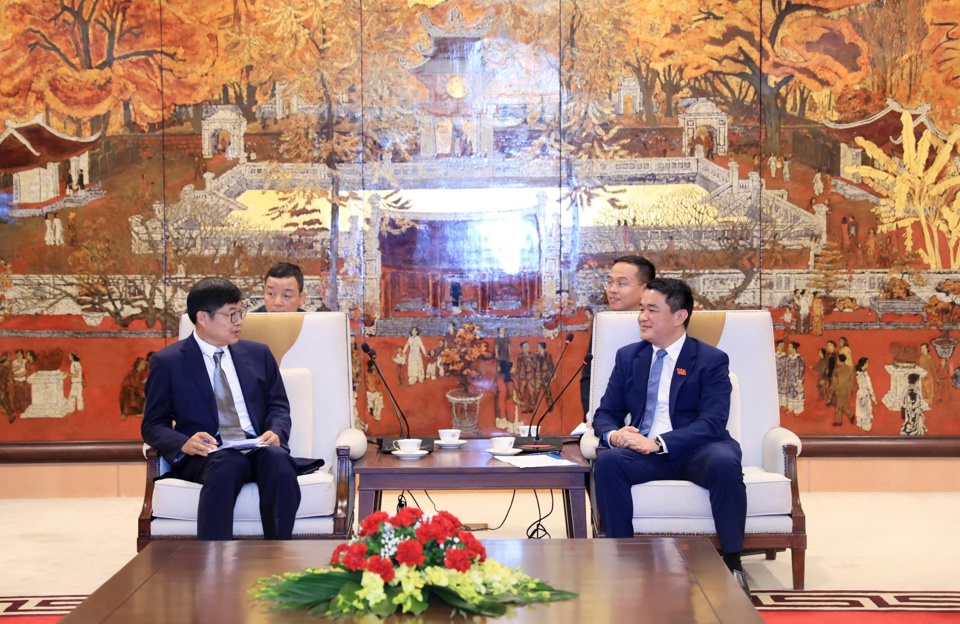
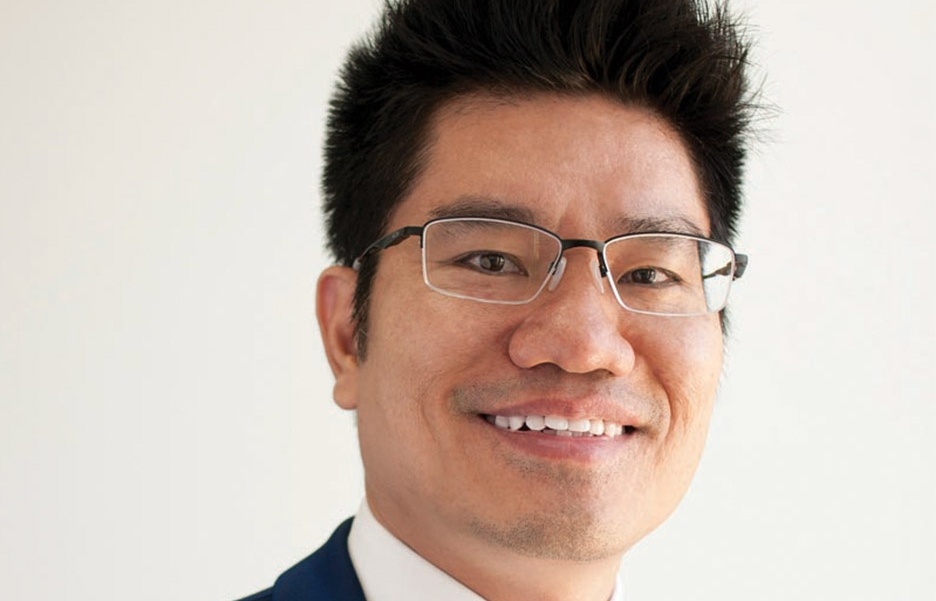
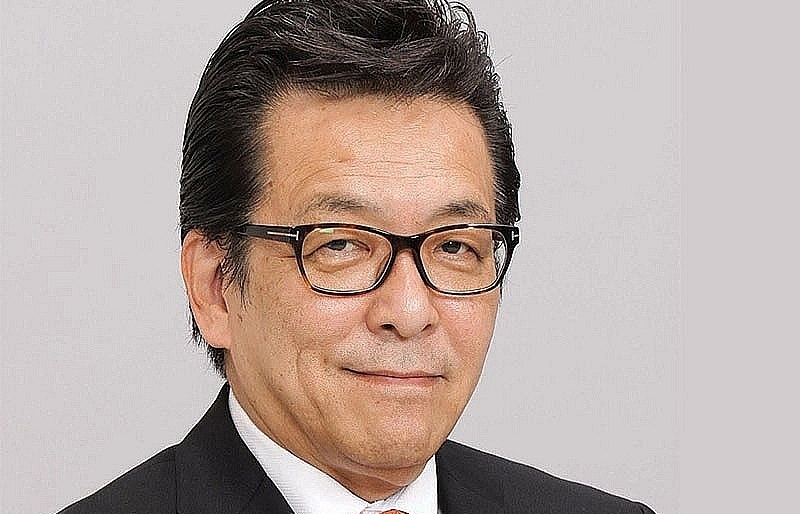



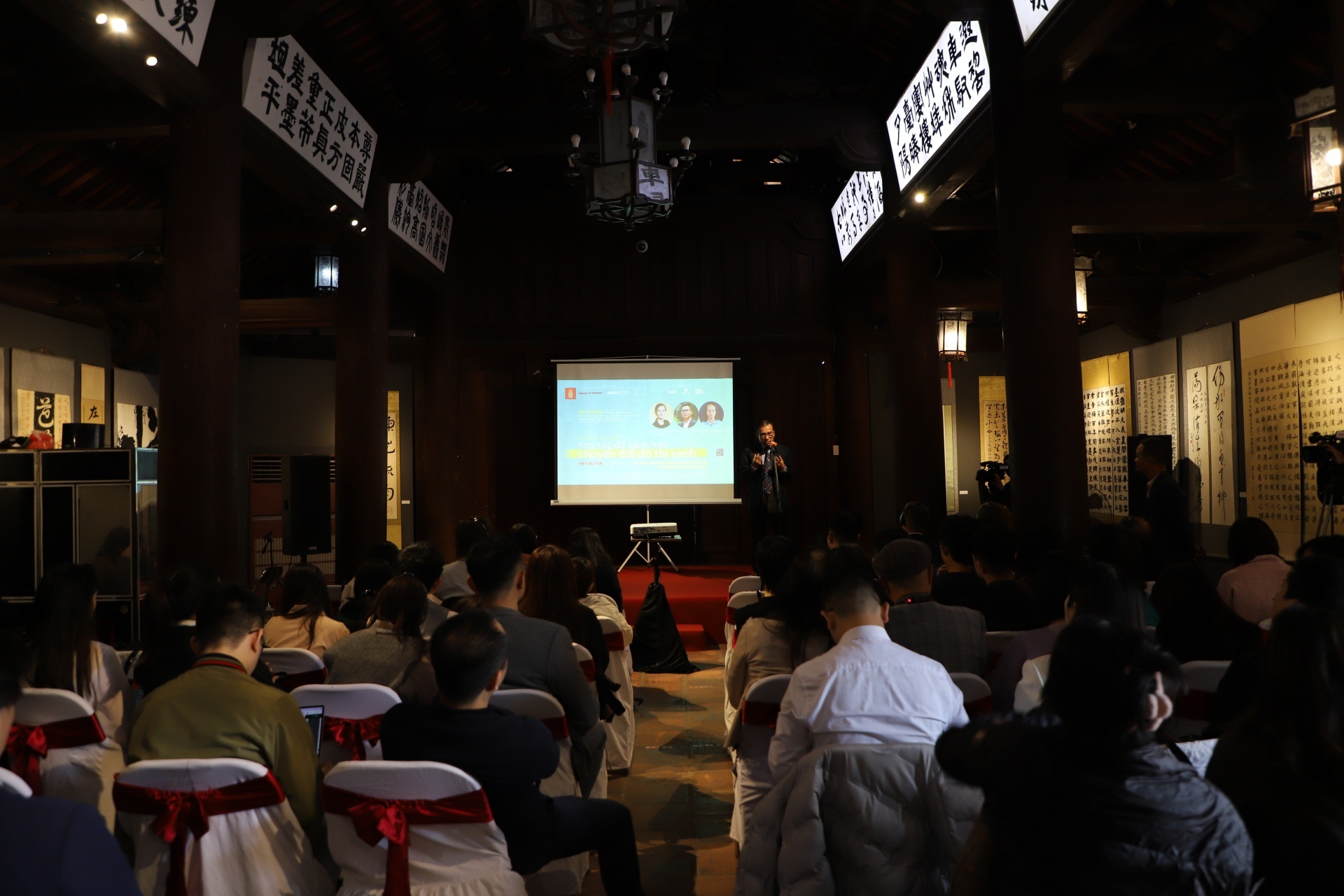
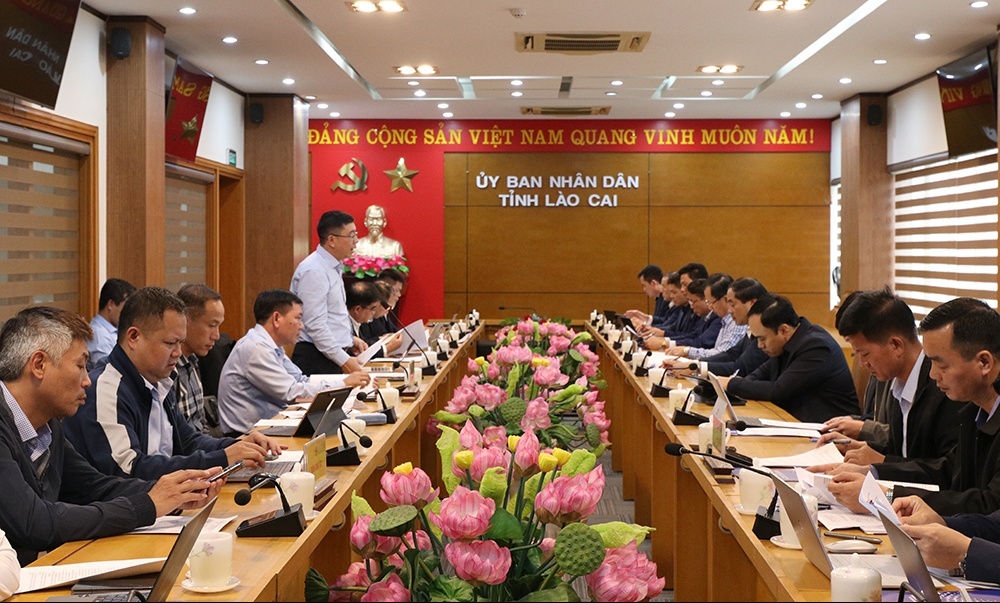
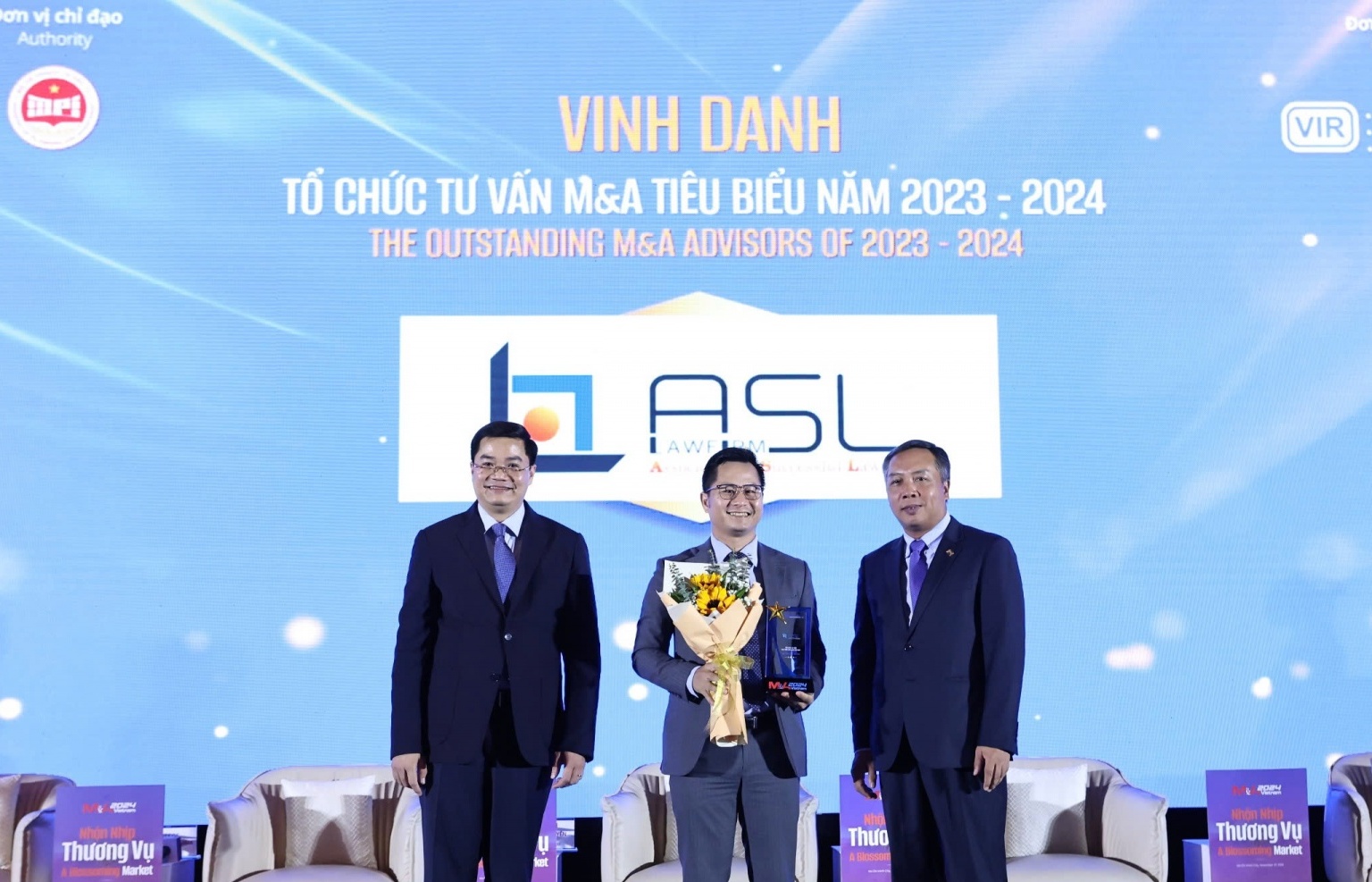




 Mobile Version
Mobile Version